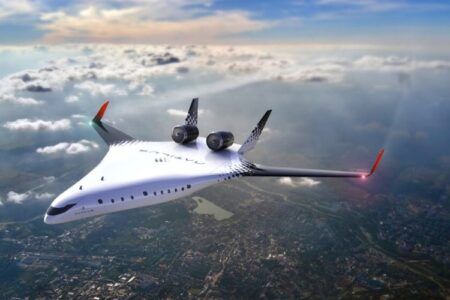NASA has released a video to commemorate 70 years of research at its Armstrong Flight Research Center at Edwards Air Force Base in California.
Armstrong, the agency’s lead center for atmospheric flight research operations, began its storied history in the high Mojave Desert in September 1946.
Initially focused on experimental aircraft called X-planes, flight research with the X-15 rocket plane offered the opportunity to assist with the space mission of NASA.
The following decades saw Armstrong’s mission expanded to include roles in the space shuttle program, aviation safety, airborne science, and technology advancement. In addition, a NASA 747SP aircraft based at the center carries the world’s largest airborne infrared telescope, named SOFIA (Stratospheric Observatory to Infrared Astronomy).
Armstrong is returning to the age of X-planes with NASA’s first electric propulsion aircraft, the X-57. That aircraft could lead to advances in fuel efficiency and reductions in noise and emissions. In addition, some 70 years after coming to this desert outpost to test the first X-plane to reach flight supersonically, the center is pursuing research that could lead to another fast but quieter X-plane. If successful, this aircraft could substantially decrease the noise made when an aircraft pierces the speed of sound, which could lead to the end of the prohibition of supersonic flight over land.
The National Advisory Committee for Aeronautics sent 13 engineers and support staff to California’s Mojave Desert in September 1946 to assist in the quest for supersonic flight.
To watch the commemorative video, click here.
September 29, 2016




